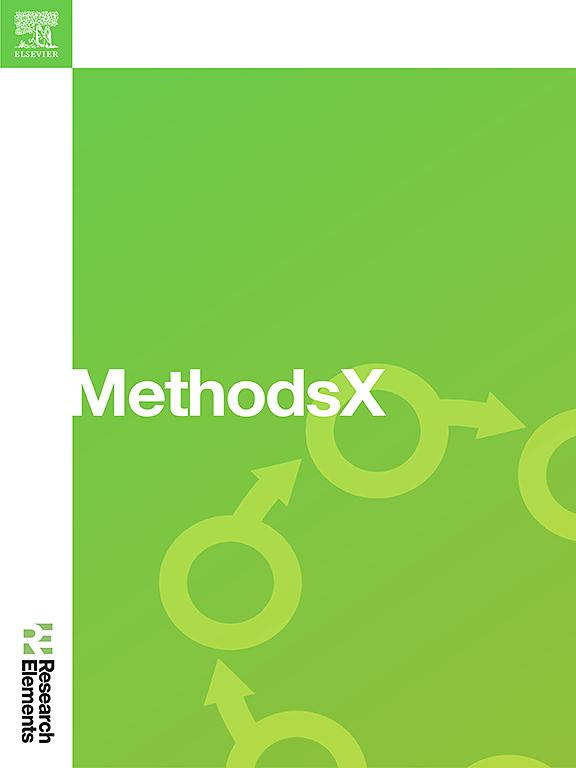甲烷泄漏率和碳捕获率不确定性的联合变暖指数能源系统分析框架
IF 1.9
Q2 MULTIDISCIPLINARY SCIENCES
引用次数: 0
摘要
化石燃料主导着氢的生产,并将继续为脱碳的未来做出贡献。采用碳捕获和储存技术的天然气蓝色制氢被视为未来氢经济中天然气的主要途径。天然气供应链中的甲烷泄漏率和碳捕获率是蓝氢成功的两个关键参数。尽管如此,这些变量的关联效应很难确定,尤其是它们对能源系统内脱碳指标的影响。我们制定了一个新的联合变暖指数(CWI)测量方法,并开发了一个框架来分析甲烷泄漏率和碳捕获率对蓝氢活力和其他相关能源系统特征的影响。•在蓝色氢的甲烷泄漏率和碳捕获率(变化的联合变暖指数[CWI])范围内调查能源系统情景。•分析重要的能源系统动态参数指标与联合变暖指数(CWI)。•根据联合变暖指数(CWI)分析甲烷泄漏率和碳捕获率的能源系统趋势,建立独特的属性信封,揭示能源系统在感兴趣的条件和时期的状态。本文章由计算机程序翻译,如有差异,请以英文原文为准。

Combined warming index energy system analysis framework for methane leakage rate and carbon capture rate uncertainty
Fossil fuels dominate the production of hydrogen and will continue to contribute in a decarbonised future. Blue hydrogen production from natural gas with carbon capture and storage technology applied is seen as the major route for natural gas in a future Hydrogen Economy. Methane leakage rate in natural gas supply chains and carbon capture rate are two critical parameters for the success of blue hydrogen. Despite this, the linked effect of the variables are difficult to identify, especially in terms of their impacts on decarbonisation metrics within the energy system. We formulate a new Combined Warming Index (CWI) measure and develop a framework for analysing the influence of methane leakage rate and carbon capture rate on blue hydrogen viability and other relevant energy system characteristics.
Framework outline:
• Investigate energy system scenarios within a range of methane leakage rates and carbon capture rates (varying Combined Warming Indices [CWI]) on blue hydrogen.
• Analyse important energy system dynamic parameter indicators versus the Combined Warming Index (CWI).
• Resultant energy system trends for methane leakage rates and carbon capture rates analysed against Combined Warming Index (CWI) establish unique property envelopes that reveal the state of the energy system at conditions and periods of interest.
求助全文
通过发布文献求助,成功后即可免费获取论文全文。
去求助
来源期刊

MethodsX
Health Professions-Medical Laboratory Technology
CiteScore
3.60
自引率
5.30%
发文量
314
审稿时长
7 weeks
期刊介绍:
 求助内容:
求助内容: 应助结果提醒方式:
应助结果提醒方式:


